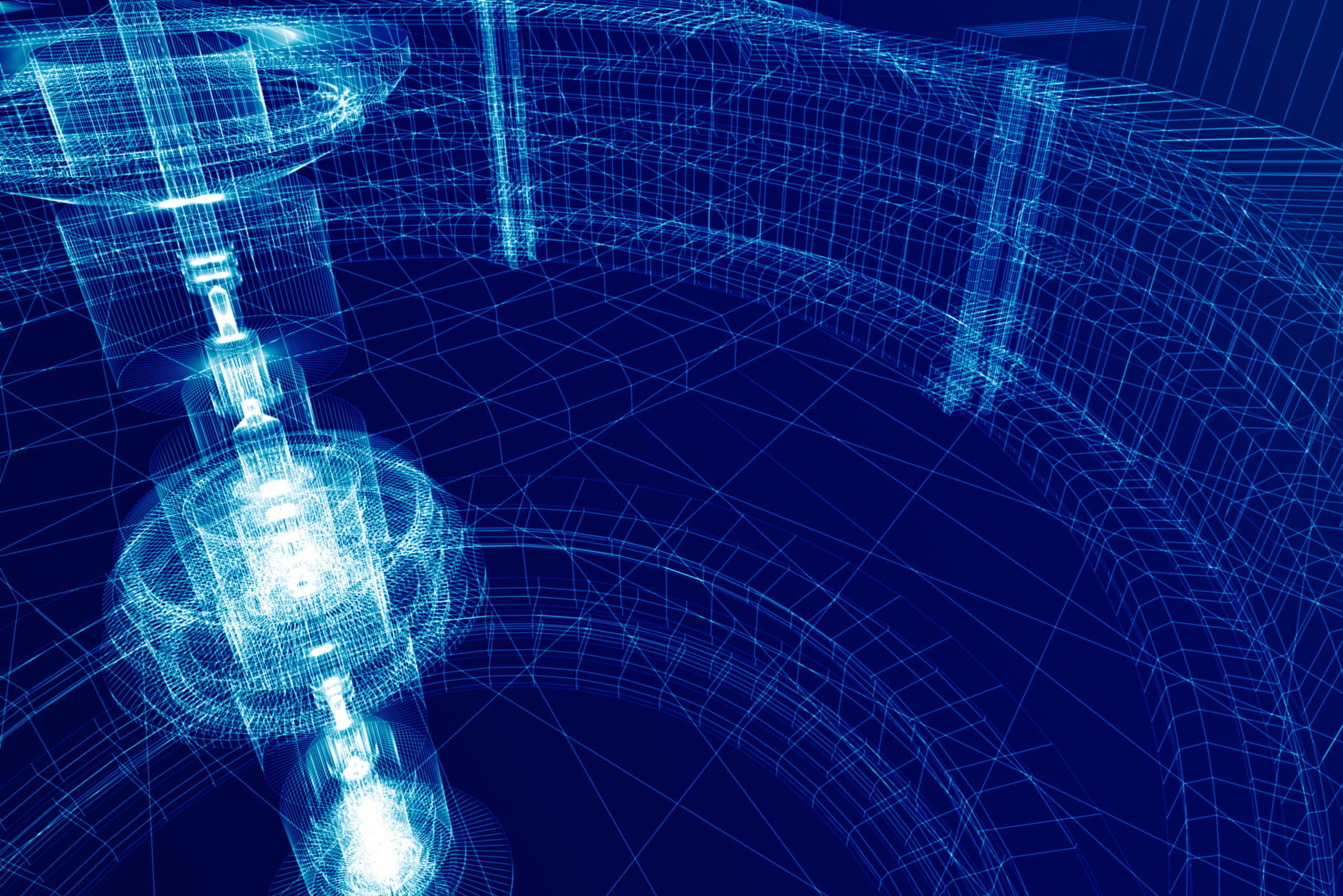By: Justin Wheat
Many in the nuclear power industry generally understand what a PRA (probabilistic risk assessment) model is, but how can a PRA model be applied to conceptual advanced reactor designs?
It is helpful to first understand the deterministic philosophy that was utilized in the design and licensing of the existing fleet of light-water cooled nuclear reactors. A deterministic methodology is one in which the facilities and their systems are designed to mitigate “worst-case” postulated scenarios. For example, many of the existing nuclear plants were designed to mitigate a condition that is not likely to ever take place (e.g., large break loss-of-coolant accident). While not likely to occur, it was postulated as a conservative design basis. This is a primary difference between deterministic methodology and risk-informed methodology. A risk-informed methodology would consider all potential credible accidents and would consider their likelihood of occurrence. Also, deterministic designs can be human factored, but they don’t completely address and quantify the impact of human actions on potential credible accidents. Let’s use an example that demonstrates these key concepts in practice.
As discussed, many of the existing pressurized water reactors (PWRs) in operation today are required to mitigate a large break loss of coolant accident (LBLOCA). In several designs, engineers elected to utilize a system called containment spray (CS) to mitigate the effects of a LBLOCA scenario. The CS system comprises two independent subsystems containing a motor-driven pump with piping, valves, and instrumentation. The CS pumps take a suction from a large tank, often shared with other critical cooling water pumps, and sprays water through a set of spray rings at the top of the containment structure, which cools and depressurizes the containment. Some PRA engineers have debated whether plants with this CS design could be safer if the system didn’t exist or if it were permanently removed from service. After all, there are additional diverse systems (i.e., Containment Fan Coolers) that provide the containment cooling function.
CS is designed to mitigate an event that has one in a million likelihood of occurrence (LBLOCA). It takes a suction on a tank with other cooling water pumps (e.g., high and low-pressure injection pumps). With several pumps taking a suction on the tank during a postulated LBLOCA, it results in rather rapid depletion of the tank’s contents. As a result, operators are required to swap the suctions of these pumps from the tank over to the sumps within the containment structure (referred to as roll-over) to provide long-term cooling via recirculation. The rate at which this inventory is depleted results in an operator action that is considered one of the more risk-significant operator action for many PWRs (the operator action to “roll-over” the suction source).
One aspect of PRA is called human reliability analysis (HRA). It studies the importance of human actions by considering how much time is available, how much time is needed to complete the task, and assigns a human error probability (HEP) to the action. The action to roll-over the sump is one of the more risk significant human actions at a PWR due to the HEP and the consequences of human failure.
To summarize, the CS system is designed to mitigate an event that has a likelihood of occurrence on the order of one in a million (LBLOCA) and this event has never occurred in the US since the beginning of commercial nuclear operation. If this event did occur, the action to roll-over the suctions of cooling water pumps is one of the more risk significant and consequential human actions in the plant. This is not to mention the enterprise risk of the CS system actuating inadvertently and spraying down all the carbon steel components inside containment with borated water. The industry has been testing and maintaining this system for over 40 years at many PWRs. This gets at a key concept of risk-informed decision-making. It allows the redirecting of resources from less risk significant equipment to more significant equipment. It uses more best estimate analyses versus deterministic approaches.
The nuclear industry has a half century of learnings and insights that can be applied to the design and licensing of advanced reactors. We can not only improve safety with these concepts, but we can also increase the cost feasibility of constructing new designs.

